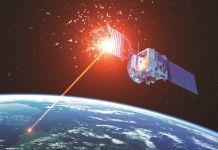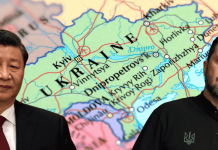The Ukrainian MiG-29 pilot, who goes by the call sign ‘Juice,’ has provided a glimpse of the ongoing aerial battle. The dynamics in air warfare keep shifting because of the Ukrainian military’s rapidly evolving tactics against Russia.
Juice has been giving interviews to several media outlets since the onset of the Russian invasion of Ukraine in February 2022, and EurAsian Times also covered one such interview in April.
However, Juice’s latest interview with the War Zone comes amid several enhancements in Ukraine’s capabilities with the introduction of several new advanced Western-made ground-based air defense systems and the Ukrainian Air Force undertaking new missions, including suppression of enemy air defenses (SEAD) operations.
Ukrainian Air Force has managed to keep the Russians in abeyance for more than nine months with its fleet of MiG-29 and Su-27 fighters.
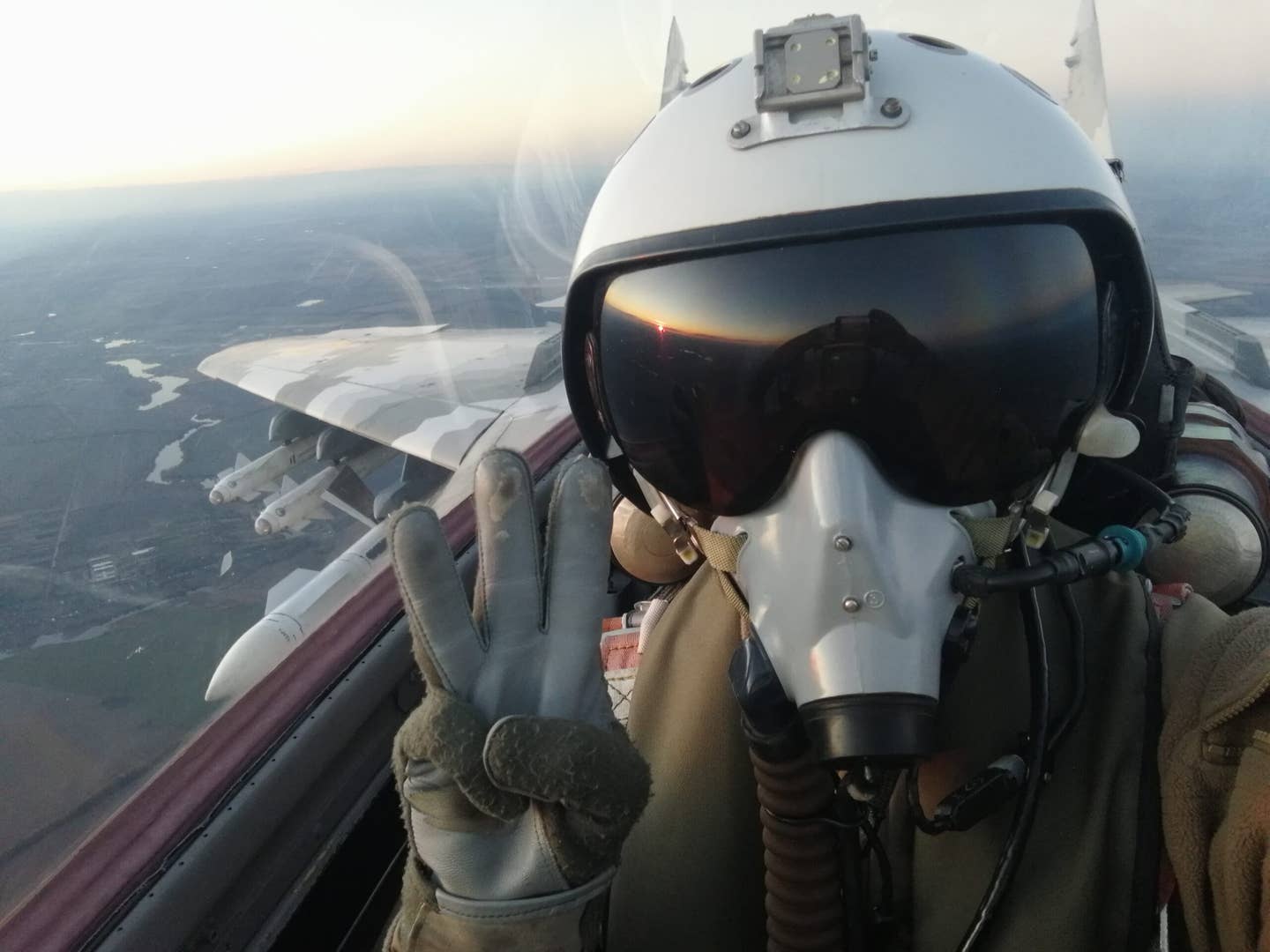
While the MiGs are used for air-to-ground and air defense missions, the Su-27s are primarily kept for air-to-air missions.
The Su-27 is a more powerful air defense asset. However, the early loss of aircraft units has shrunk the size of the fleet, which was always smaller than the MiG-29 fleet.
Most of Juice’s sorties entail local interception of one threat or another, but sometimes he is sent to more distant areas, such as Mykolaiv and Kherson in the southern part of Ukraine.
Apart from that, Juice also undertakes escort missions that involve the protection of air-to-surface attack platforms like Su-25 Frogfoot close support aircraft, which operate closer to the frontlines.
Battle Against Kamikaze Drones
Since early October, Ukrainian fighter pilots have also begun engaging kamikaze drones employed by the Russian military to bombard Ukraine’s key military and energy infrastructure targets.
On October 5, MiG-29s from the 204th Tactical Aviation Brigade of the Ukrainian Air Force shot down three Iran-made Unmanned Aerial Vehicles (UAVs), marking the first time fighter jets were used against UAVs since the start of the Russian invasion.
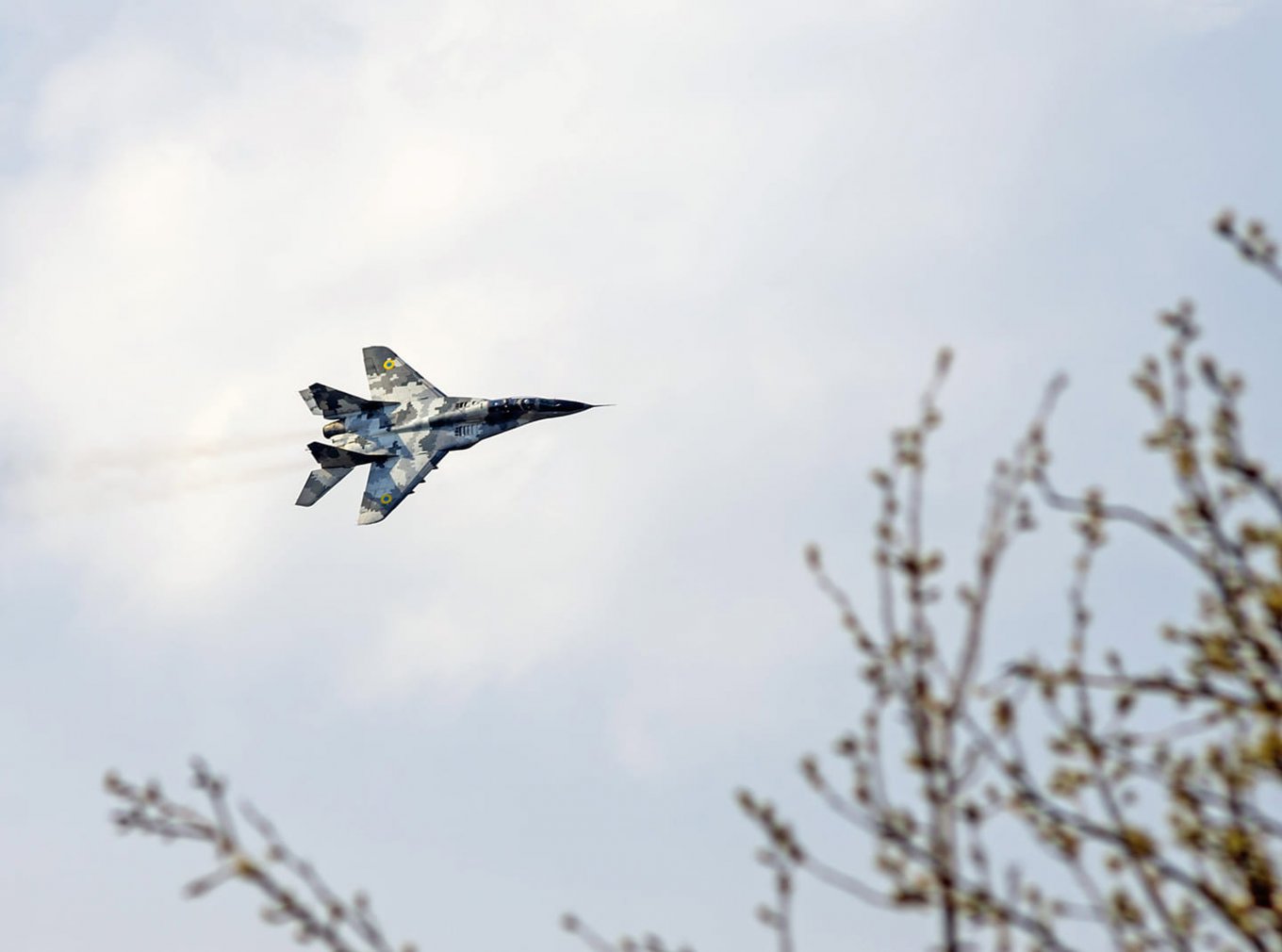
Juice says it is tough to search and track Iranian-made Shahed kamikaze UAVs and then engage them, especially in a Cold War-era fighter like the MiG-29.
Juice explained that it is challenging to generate a firing solution on a Shahed, with the picture of the drone on the radar screen appearing similar to a flock of birds or even a truck moving along a road.
Ukrainian media outlets suggest the fighter pilots use tactics developed to engage Russian cruise missiles in mid-air. The enemy cruise missiles, like drones, have a small reflective surface. They usually travel at a very low altitude, making them difficult to detect against the ground using an aircraft’s radar.
So, the Ukrainian fighter pilots rely on the electro-optical targeting system to detect the missile’s thermal trace.
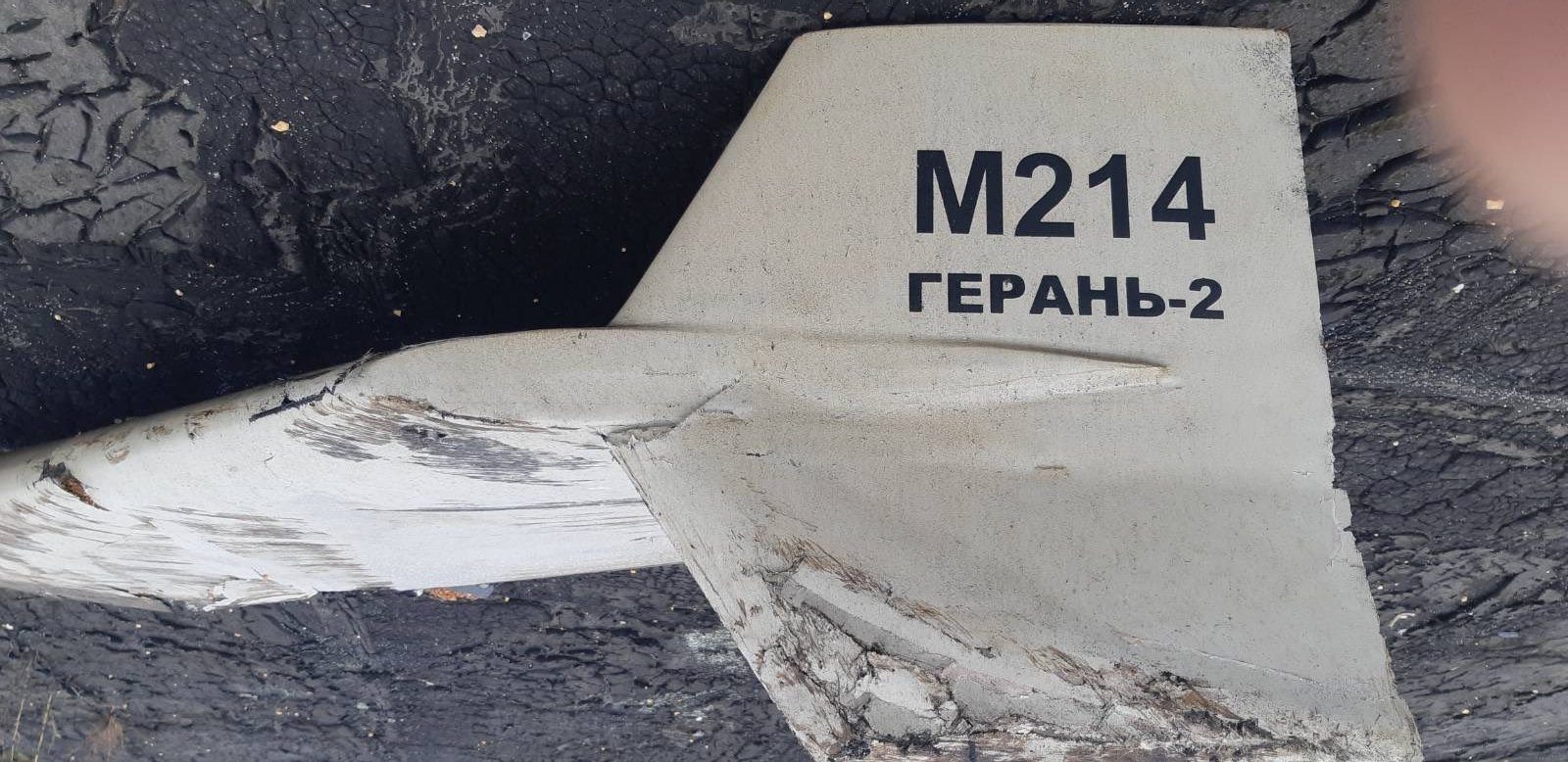
However, Juice explained that a cruise missile, due to its higher speed and resulting doppler effect, is much easier to detect for MiG’s radar than a slow-flying Shahed, which can easily get lost among rooftops and other ground clutter.
“I had a lot of sorties against [Shaheds], especially during October,” Juice said. “And there were a few excellent interceptions, with a good air picture, and even a few cases when I was ready to fire. But unfortunately, they were right above the towns and settlements, and I could not do my job because it could do more harm than good. That’s why I canceled those engagements,” he added.
Instead, Juice let the drones fly toward areas covered by ground-based air defenses for the Shaheds to be then shot down.
One pilot who has been highly successful against the Shahed drones is Vadym Voroshylov, callsign “Karaya,” who rose to fame for having shot down five Shahed drones in a single week. However, the MiG-29 he was piloting was shot down, forcing Vadym to eject.
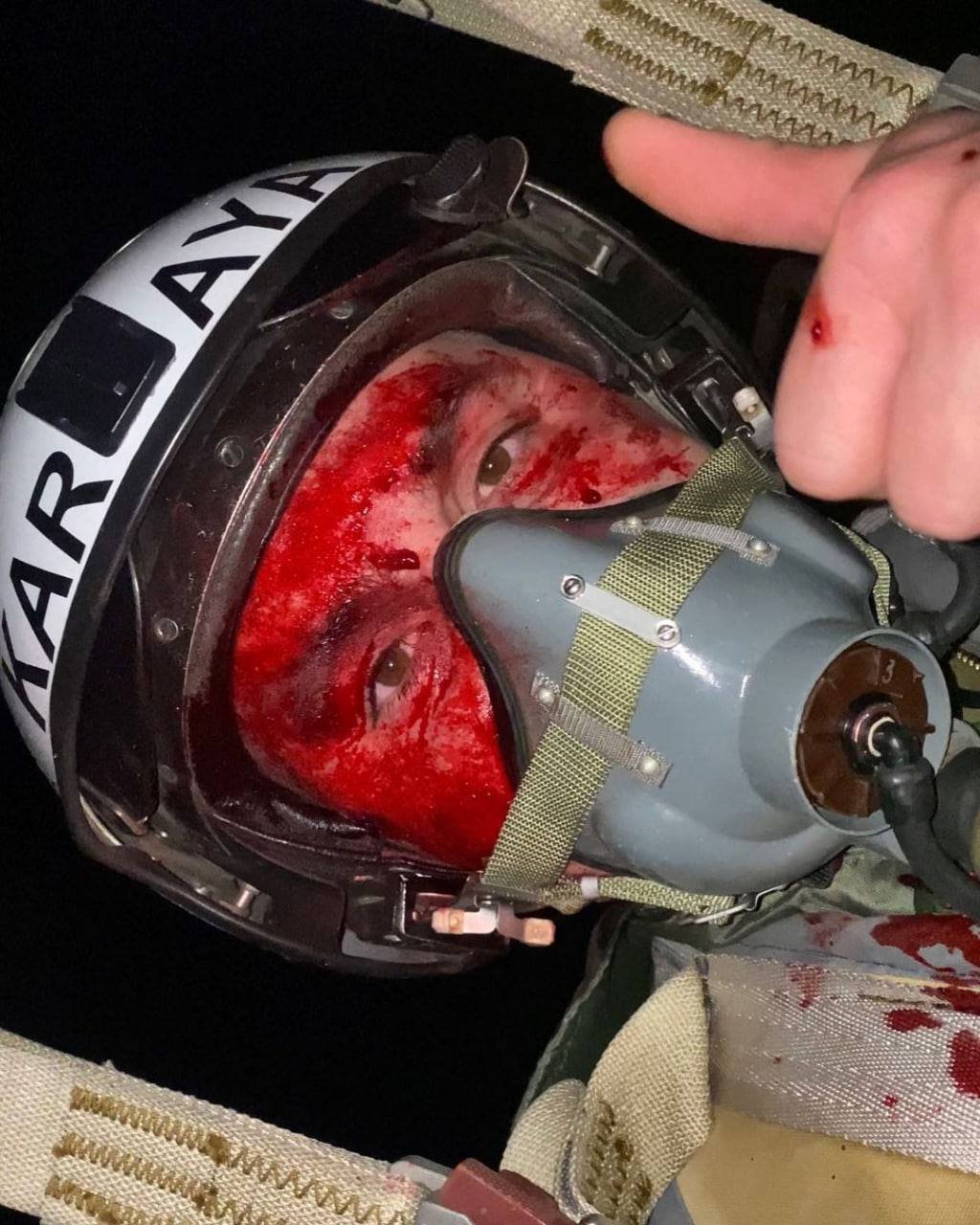
The incident left him with a head and neck injury, and he also shared a photo of his bloodied face after ejection, which was widely circulated on social media. He was later awarded the Hero of Ukraine for his feat.
As per a local Ukrainian media report, Vadym’s superb defense of the sky over the Vinnytsia region in October earned him the moniker “Shahed Killer.” Juice said that Vadym shot down the first three drones during the daytime, which was very fortunate, as these drones are usually employed at night.
“He was lucky to find them visually,” Juice said, “so he was absolutely 100 percent sure they were Shaheds. He engaged immediately and shot them down.”
Vadym encountered the next two Shaheds when it was dark. However, they were over an area where engagement was considered safe. Juice explained that it is not easy to find these drones at night, especially since the blackout conditions were created by destroying Ukraine’s energy grid with repeated large-scale missile and drone attacks by Russia.
Juice said: “Our towns at night are almost totally dark. You need to use your GPS navigation to understand whether you have any settlements or towns around you, just to understand where you are, especially during bad weather, like now. Only instrument flight conditions exist, and you cannot see anything below you.”
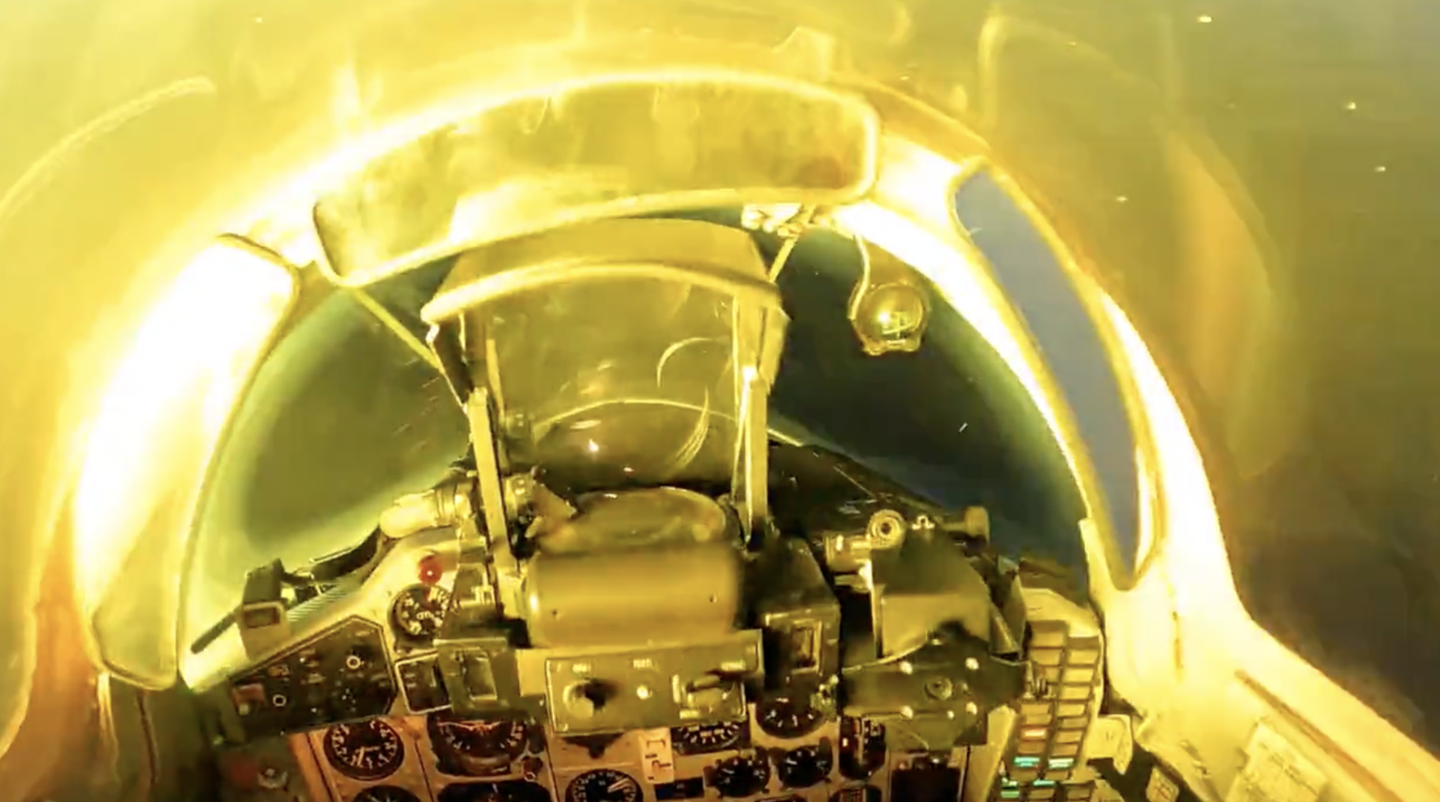
Another challenge in countering Shahed drones is the lack of weapons to engage them at large distances, which requires the pilots to get dangerously close to their targets. This is what happened with Vadym, according to Juice.
“Unfortunately, our missiles cannot engage these targets at greater distances. It’s only a few kilometers, depending on altitude and speed. In that particular case (Vadym’s case), unfortunately, the explosion was too close to his jet, and the pieces of the missile and pieces of the Shahed hit the front of his jet, damaging the radome and the canopy,” said Juice.
Ukrainian Air Force Mig-29 tried to shoot down Shahed-136/ 'Geran-2' kamikaze drone over #Vinnytsia region. pic.twitter.com/Uhg6e9kKf2
— Military Advisor (@miladvisor) October 12, 2022
At the same time, damage to the horizontal stabilizers left Vadym’s jet uncontrollable in pitch, which, together with the fire in the cockpit, forced him to eject the MiG after he had managed to make a roll and turn away from a village in his path. Fragments of the canopy left Vadym bloodied.
Weapons available to MiG-29 pilots for engaging Shaheds include the heat-seeking R-73 air-to-air missile and the radar-guided R-27R missile. The heat-seeking R-73 does not work in clouds, while the limitation of the seeker onboard the R-27R missile forces the pilots to approach the drones at close range, which entails risks.
The pilots can also use the 30mm cannon only during daytime and under clear weather conditions.
Suppression Of Russian Air Defense Systems
Another new mission undertaken by MiG-29 and Su-27 pilots is the suppression of enemy air defense (SEAD) operations using the AGM-88 High-speed Anti-Radiation Missile (HARM) provided by the US.
While Juice is yet to use a HARM missile, he praises the weapon and the new capability it provides to the Ukrainian Air Force.
“After the delivery of HARMs, it became a new priority for our air force to maintain and refurbish more jets for these missions because it works and it’s beneficial for our joint operations. After that, our air force became much more capable,” Juice said.
Reports suggest that the availability of HARM could enable the Ukrainian Air Force to even emulate Western-style operations, with SEAD packages employed to escort strike aircraft to their targets. However, Ukraine’s air combat capabilities are still minimal to undertake such missions.
For such missions, Juice explains, the Ukrainian Air Force will need precision-guided air-to-ground munitions, active-radar air-to-air missiles, and advanced fighter radars.
“We are trying to do our best with what we have, and now it looks much, much better overall,” Juice said.
The Russian military bloggers’ reaction to HARM is particularly interesting for Juice. “They’re (Russian military bloggers) furious there because of our successes. And especially their civilians who believed there was already no Ukrainian Air Force and no air defense at all,” he noted.
While HARMs have had the desired effect on Russian ground-based air defense (GBAD) systems but still present a lot of danger because of the sheer number and variety of systems that Russia can deploy, explained Juice.
#Ukraine: The aftermath of a Ukrainian high-precision strike on a Russian Buk air-defense system – presumably 9A317 TELAR for the Buk-M2. As a result, the vehicle was completely destroyed. pic.twitter.com/6GCRXgRsVw
— ?? Ukraine Weapons Tracker (@UAWeapons) September 5, 2022
“They’re scared, of course, because now every MiG, every Flanker in the air, is a possible threat for them,” Juice said. “And, of course, they’re forced to turn off the radars. Still, you must understand that they have many systems and multiple echelons. They can just turn off something in this direction, but other systems will be operational. And, for example, in the case of the Pantsir, it also has an electro-optical station, so it’s still a threat for us.”
Russian air defense systems remain a considerable challenge, but HARM has made missions in their vicinity much safer than earlier. Also, the Russian military has been forced to introduce older systems to replace the ones damaged by HARMs, according to Juice.
Nevertheless, Juice maintains that it is still hazardous to fly near the frontlines, and there are other threats in significant quantity, such as the Man Portable Air Defense Systems (MANPADS) that have accounted for most of the Russian shoot-downs of Ukrainian fighter jets, as previously reported by EurAsian Times.
- Contact the author at tanmaykadam700@gmail.com
- Follow EurAsian Times on Google News


